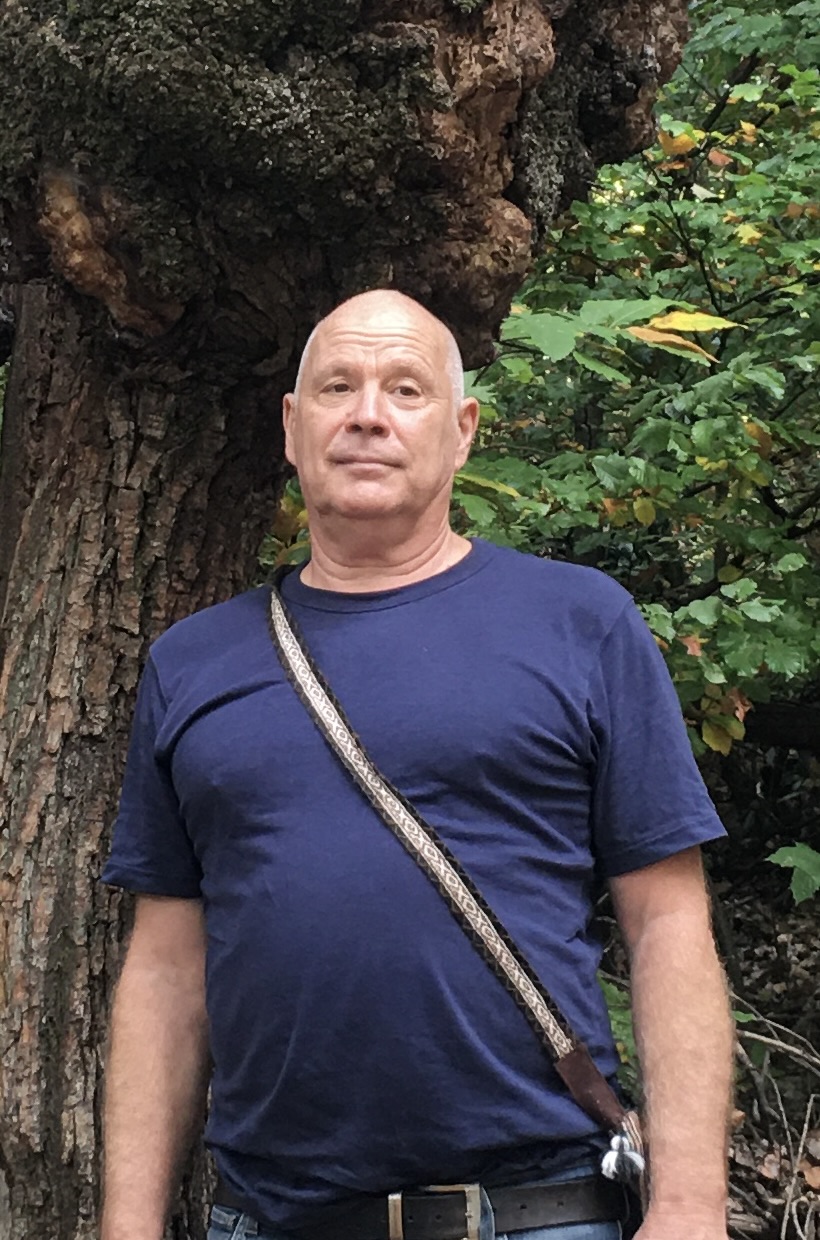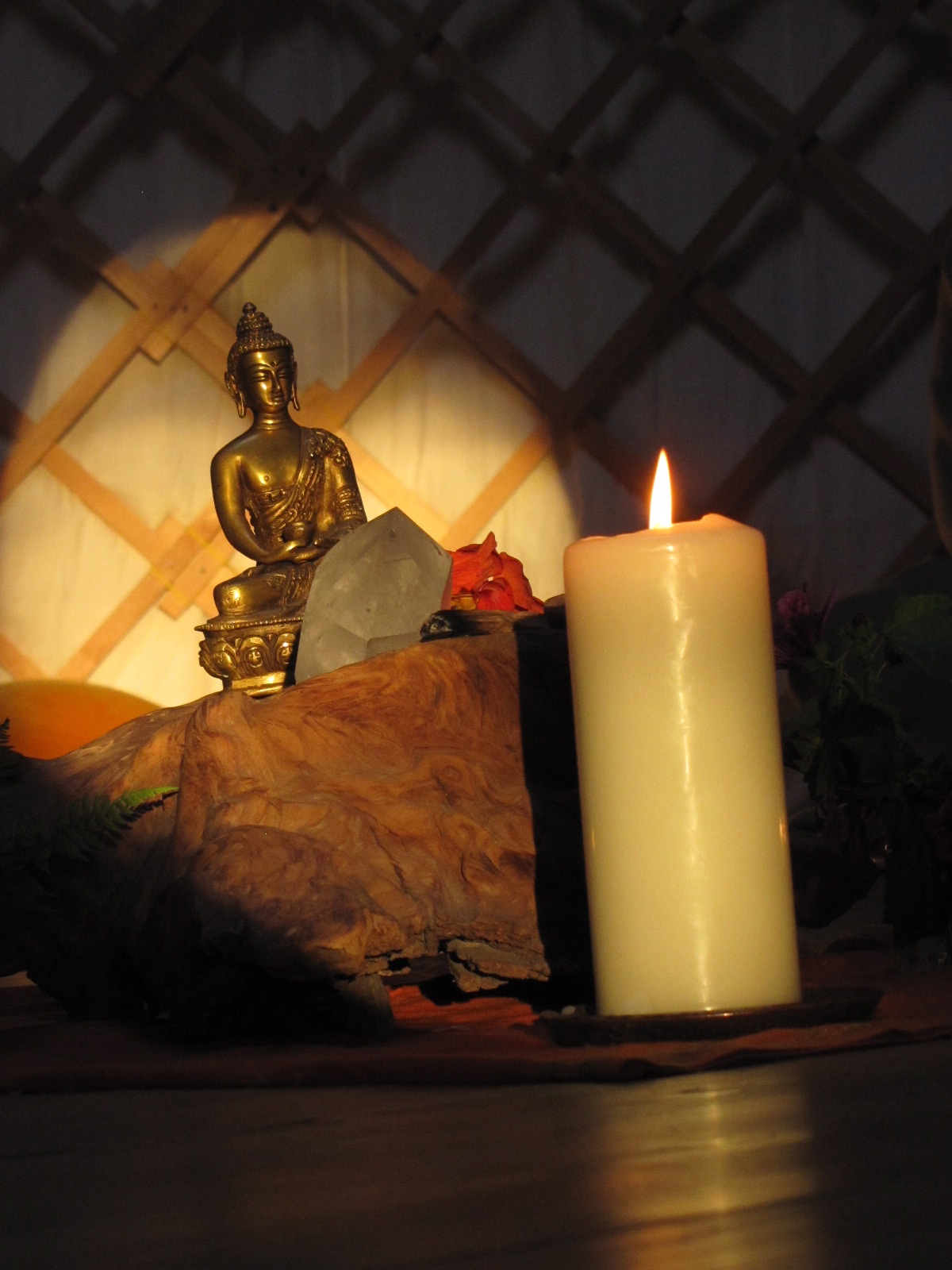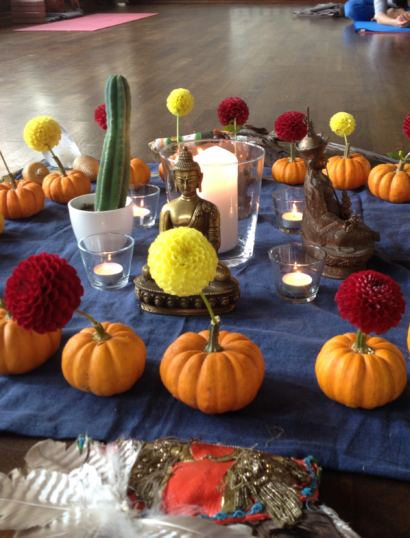Our Philosophy
For most people nowadays Yoga starts with the physical practice, the asana. Often the wish for more balance in life is what brings people to Yoga classes. It is the feeling that there needs to be a remedy against the stress, speed and overburden of daily life. With the joy of moving the body, feeling great afterwards and a regular practice, soon people start to experience some positive changes in how they feel: More inner calmness and clarity, more balance and mental stability, and also more physical health.
Many of us have a diffuse feeling deep inside that there must be more to life than just work and consumption.
Maybe that’s exactly what most of us are looking for. But then there is the OM chanting at the beginning of every class and you may get the feeling that there must be a whole universe hidden behind these Indo-Tibetan symbols, and that Yoga may actually go much deeper. At the same time many of us have a diffuse feeling deep inside that there must be more to life than just work and consumption. Ultimately, the above mentioned, positive changes are mere side-effects of a regular Yoga practice. Yoga in its entirety goes much deeper: It is a radical transformation on how we see our own life as a human being, and yet it feels completely natural, it feels like coming home. It makes sense!
We are a part of the all-embracing Consciousness, we are connected with everything.
The “I”, the ego, which is central and so important in our hyper-individualised, modern society, inherently includes many problems. It cages us forever in the patterns of wanting and not-wanting. We are never going to be really happy and free with the “I” as the central organisation element, because it is intrinsically not made for this. Yoga leads us step by step away from the exaggerated and one-sided identification with the “I”, with our emotions, with our thoughts and with the body. It is not about suppressing the ego or wanting to get rid of it as it is a useful tool for daily life, but about realising through exploring the depth of Yoga that we are much more: We are a part of the all-embracing Consciousness, we are connected with everything, with all other human beings, with animals and plants, with all beings. We are not alone! This makes us free and happy from the very core of our being. A sense of communion, love and joy becomes natural and normal.


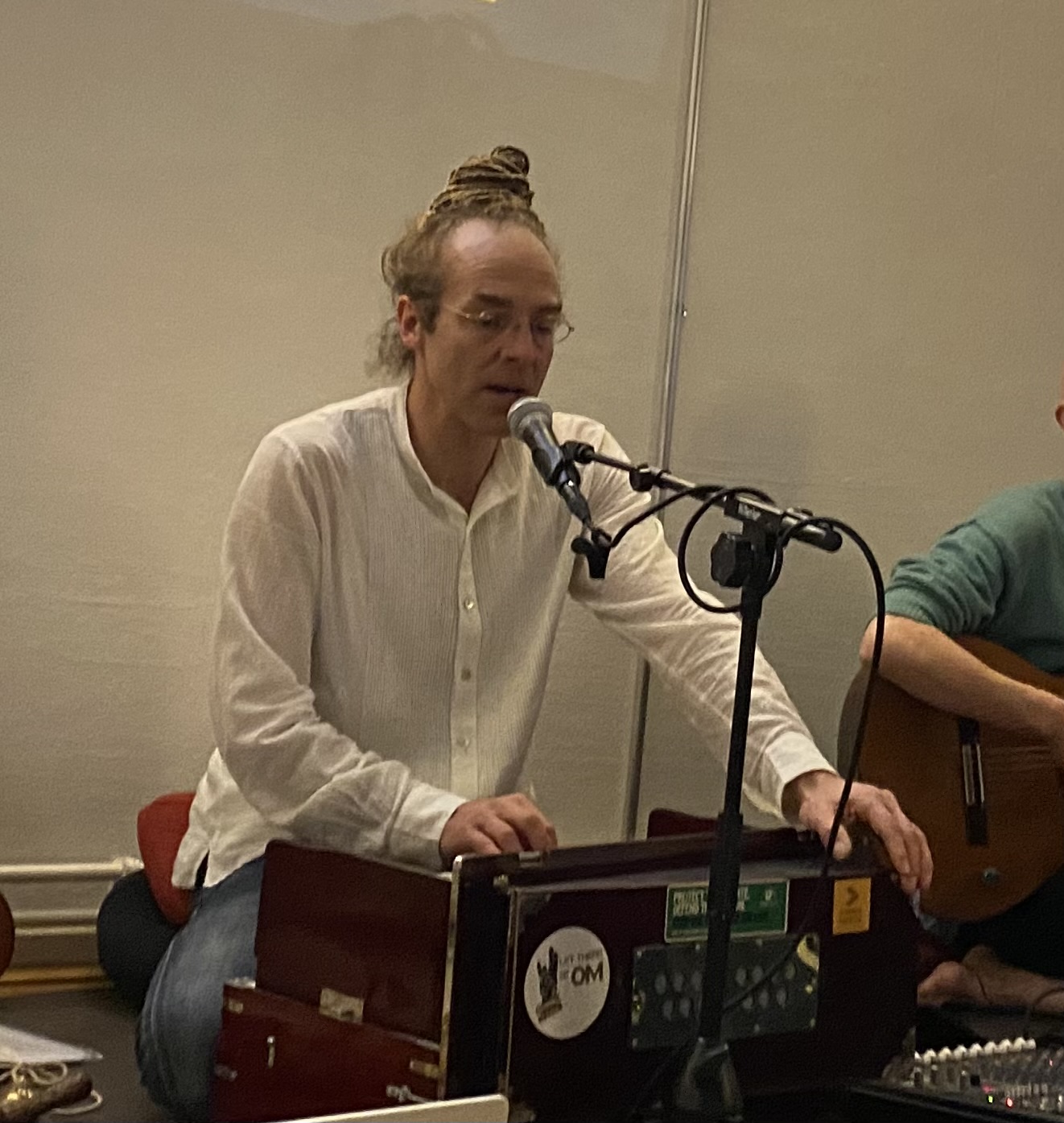
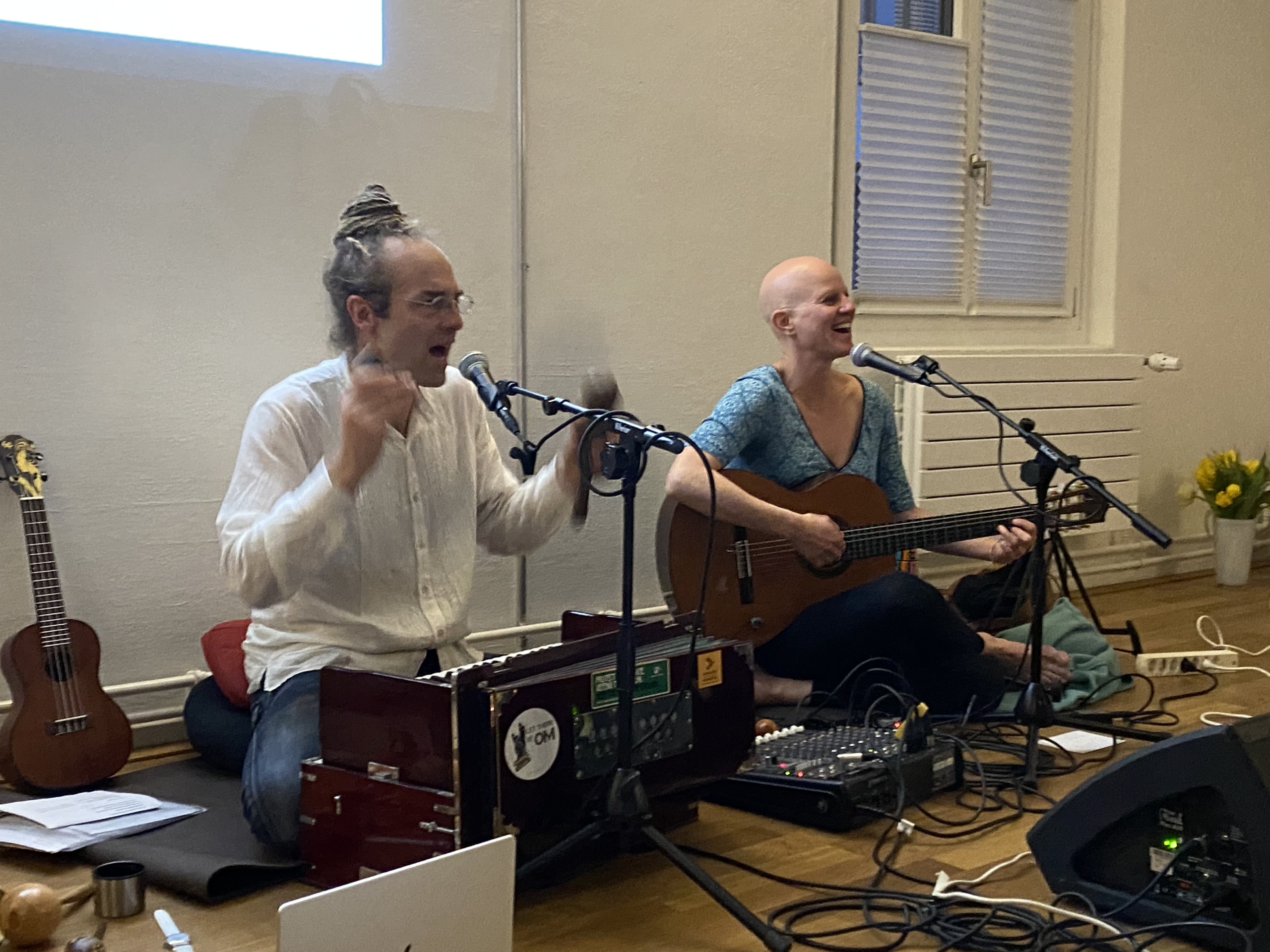
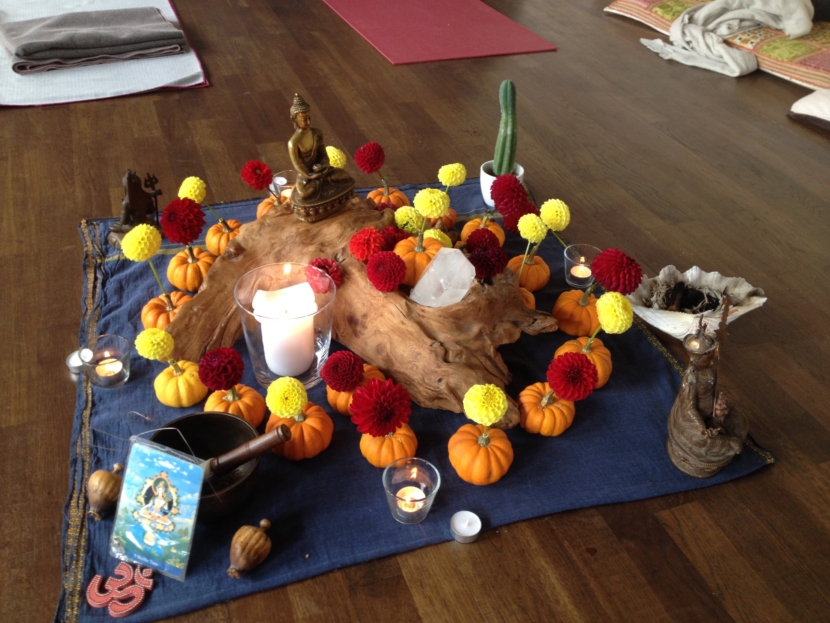 More details about our next Healing Breathwork & Yoga weekend @ Airyoga see
More details about our next Healing Breathwork & Yoga weekend @ Airyoga see 